Artist: Bee Gees Album: Life in a Tin Can
Year: 1973Duration: 32:23
A of the Album Life in a Tin Can by the Bee Gees
The Bee Gees have been a household name for decades with their iconic disco hits such as Stayin' Alive and Night Fever. However, before their disco era, they experimented with other genres such as folk, psychedelic pop, and rock. Today, I am going to take you on a journey through their album Life in a Tin Can, exploring its genre and critically reviewing its tracks.
First off, let's dive into the brief history of the Bee Gees. Consisting of brothers Barry, Robin, and Maurice Gibb, the Bee Gees started as a pop group in their early years. Later on, they experimented with other genres such as psychedelic pop, and eventually landed on disco which became their signature sound. Life in a Tin Can was released in 1973, during the transition period of the Bee Gees from pop to rock.
The genre of the album can be described as soft rock with touches of country music. The tracks on this album reflect a more mellow and introspective side of the Bee Gees. It is interesting to see the evolution of their sound, and Life in a Tin Can is a great representation of their transitional phase.
The highlight of this album is undoubtedly the track Saw a New Morning. It is a beautiful track that showcases the stunning harmonies of the Bee Gees. The lyrics convey a message of hope and positivity, making it a refreshing change from their usual melancholic lyrics. Another stand-out track is Alive. The raw energy and emotion in Barry's vocals make for a captivating listening experience. The instrumentation in this track is also exceptional, with the use of brass instruments adding an edge to the track.
The most innovative part of this album is the Bee Gees' experimentation with different sounds. For example, the track My Life Has Been a Song has a distinct country feel to it, which contrasts with the other tracks on the album. The Bee Gees' venture into different genres shows their versatility as artists, and the risks they took in producing this album paid off.
However, as much as I appreciate the Bee Gees' efforts in experimenting with new genres, the execution of some tracks on this album fell short. The track Method to My Madness is an example of this. The use of horns and the repetitive melody make it feel like an incomplete track. The lyrics also lack depth, making it one of the weaker tracks on the album.
All in all, Life in a Tin Can is a great representation of the Bee Gees' transitional period. Its genre of soft rock with touches of country music provides a refreshing change from their signature disco sound. The standout tracks on the album, such as Saw a New Morning and Alive, showcase the Bee Gees' songwriting and vocal abilities. Although there were some weaker tracks on the album, the Bee Gees' experimentation with different sounds and genres is commendable. I would recommend this album to anyone looking to explore the Bee Gees' versatility as artists.
Bee Gees albums
Other #Rock albums:
SIMILAR BANDS
balls, from 1 to 5, describe similarity between the two bands
SOMETHING NEW? LISTEN TO RADIOGENRE
SUGGESTED PLAYLISTS

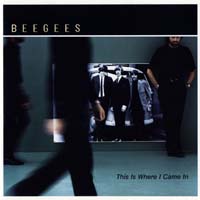
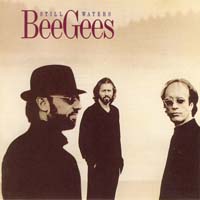

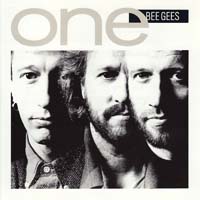

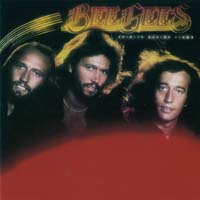

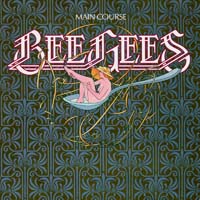
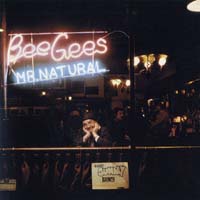
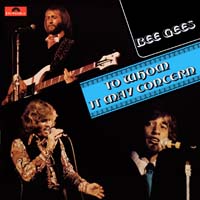

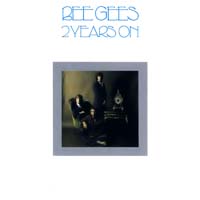
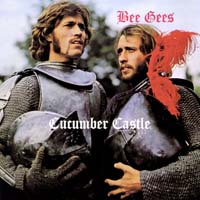
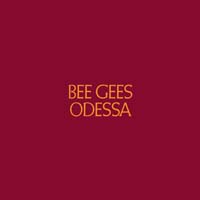
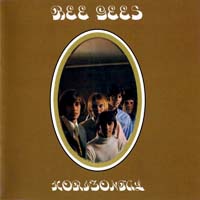
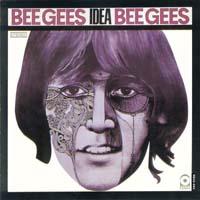
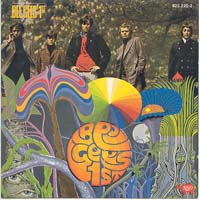
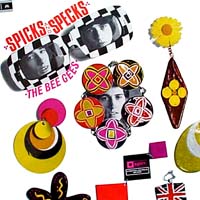
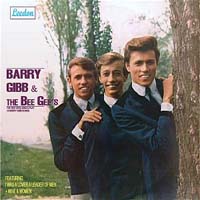
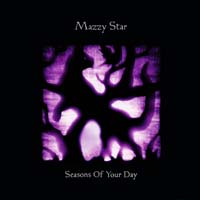
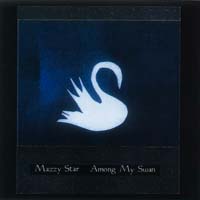

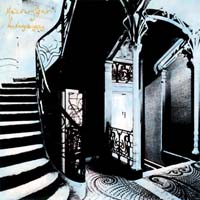
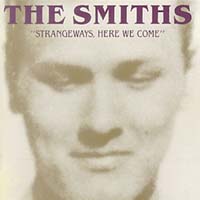
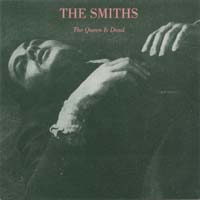






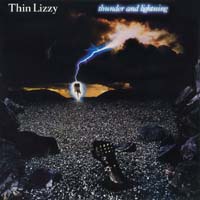

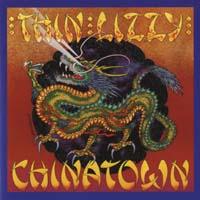
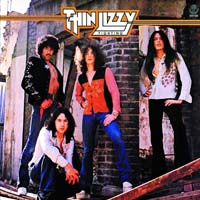

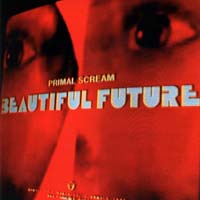
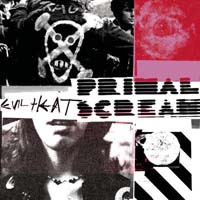


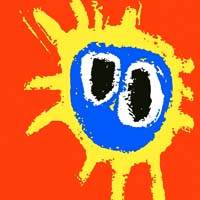
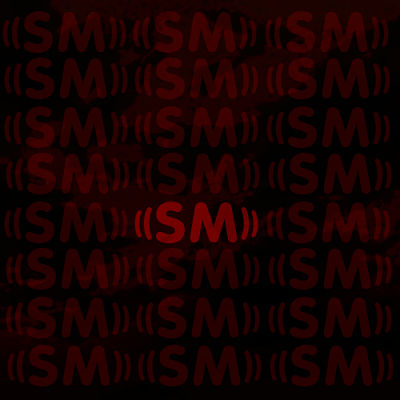




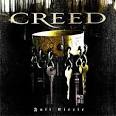

 Gangsta rap
Gangsta rap Heavy metal
Heavy metal Arabic metal
Arabic metal Italian Trap
Italian Trap Dembow
Dembow Meditation Music
Meditation Music Trip hop
Trip hop Nu metal
Nu metal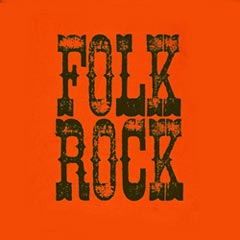 Folk rock
Folk rock The very best of rap
The very best of rap Freedom
Freedom The very best of hard rock
The very best of hard rock The very best of soul music
The very best of soul music Classic art music
Classic art music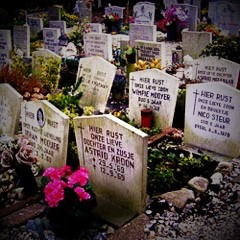 The decadence of the cemeteries
The decadence of the cemeteries Best indie songs
Best indie songs Make your day happy
Make your day happy The very best of rocksteady
The very best of rocksteady Singing in the shower
Singing in the shower